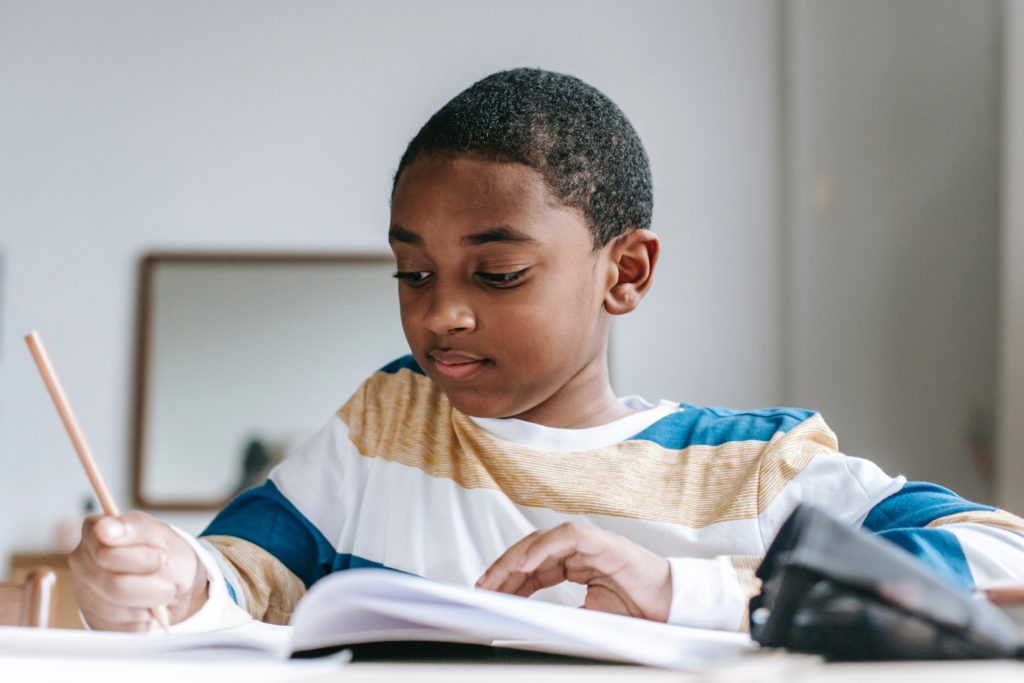
Recently I found myself weary from yet another systematic battle over the treatment and needs of my child with autism, and it brought up new questions in my own journey. Is autism a disability? Is it part of a what scientists and psychologists often refer to as neurodiversity? And which categorization should we use when it comes to getting our autistic children the resources, support and respect that they need within the schools?
I admit that I often look at autism as a disability, but I know that not everyone feels the same way. For instance, my son has an IEP (Independent Education Plan) at school to assist him through his day. But lately, I’ve been remised to think that if students like him are categorized in the system as having a disability, does that mean their often-high intelligence level gets overlooked?
I always knew my son had a mature perspective on life, asking the bigger questions about life that most children did not see at age 6: Why do countries have wars? What happened to the people of Pompeii? Why are there different religions? Still, I was quick to write him off academically in kindergarten when he received an IEP that included pullouts for reading and math, and because I saw that he could not hold a two-way conversation with other children.
Two years later, I see was I completely wrong. When left to his own devices, my son will read books about the Revolutionary War, name the continent for any country and solve puzzles in minutes that would’ve taken me hours. Still, finding the right academic setting for a mind like his, or any child with autism, can be an almost impossible challenge: Meet the social and emotional needs while feeding the academic intelligence.
So, again comes the question: is his autism a disability or simply a normal variation of the brain?
According to a website for information about ABA education, the argument for neurodiversity is that the definition of what are considered normal traits in a person should be expanded to include some socially unpleasant, but not necessarily harmful or damaging, behaviors. Other developmental disabilities that neurodiversity advocates fight to be considered within the range of “normal” include Dyspraxia, ADHD and Tourette’s Syndrome.
However, if we decide that autism is a disability, then schools are required by law to make provisions and accept those with disabilities. But if we consider autism a type of diversity within the limits of “normal,” the lines of where these students fit into the classroom are a bit more blurred. Yes, all students are required by law to be educated and treated fairly, but that does not mean that their differences are necessarily embraced.
The question of inclusion and diversity is a critical topic being addressed in classrooms around the country this year. And I embrace the discussions in our schools, even if the conversations about race make us uncomfortable. Yet, are there pieces of inclusion that we are perhaps missing in these discussions?
Earlier this year, I moved my autistic son to a private school with hopes that fewer students would give him more of a platform to shine. Like many private schools in liberal counties such as my own, one of the big marketing messages coming from the administration was “diversity.” They talked about the different skin colors and the range of languages and religions amongst the student body.
So, I was taken aback when I asked if I could read a book about autism with my son’s second grade class that it might make the parents uncomfortable and the administration would have to get back to me. Why did this need to be a decision made by the parents? Weren’t we told to teach our kids to accept children of all races, religions, backgrounds and differences? Weren’t we tasked with passing onto them the compassion and understanding of what others must go through, including life-long disabilities? Or, to quote President Biden, to “walk in their shoes”?
When I told a friend, she said, “Ignoring his autism is like a child entering the classroom in a wheelchair and everyone pretending like they don’t see it.”
A few months later, I’m still not sure where I fall on the disability vs. neurodiversity issue. Some days my son’s autism feels like an absolute disability. Other days, I recognize that he’s just thinking differently than I am.
Either way, I hope that more parents and educators stand up for inclusion of this group of children. And that they see that autism is something to be talked about, shared with other children and looked at from different perspectives. It is not to be swept under the rug and ignored.
If we are going to acknowledge a child’s skin color, his physical disability, his struggle with English as a second language, his celebration of non-Christian holidays—maybe it’s time to start addressing the autistic child in the room.








<a href="[Link deleted]wanted to express my appreciation for this insightful article on the inclusion of autism in diversity discussions. Your exploration of autism as a unique neurodiversity perspective adds valuable insights to the ongoing conversation. Thank you for your efforts in sharing this thought-provoking perspective!